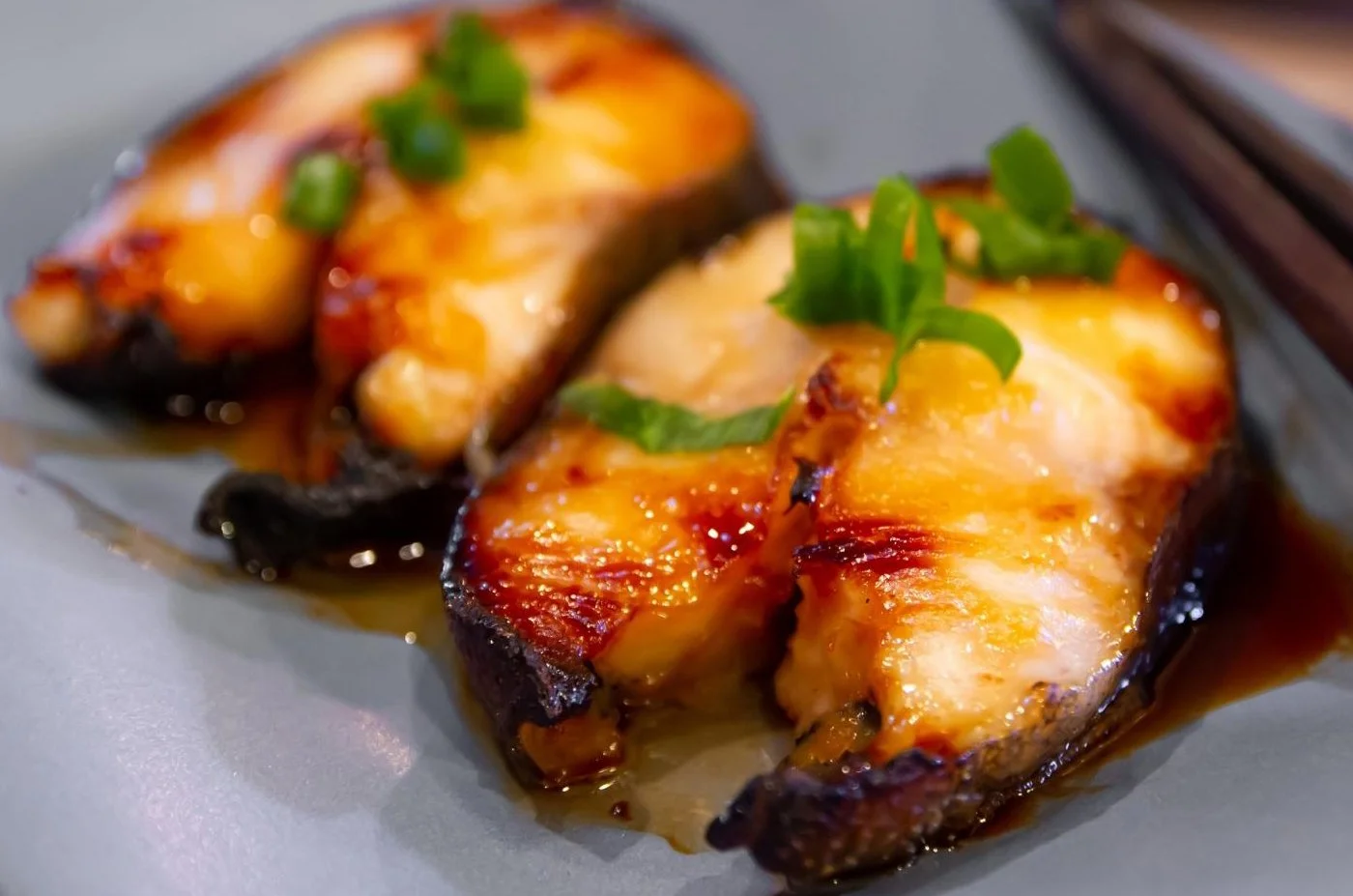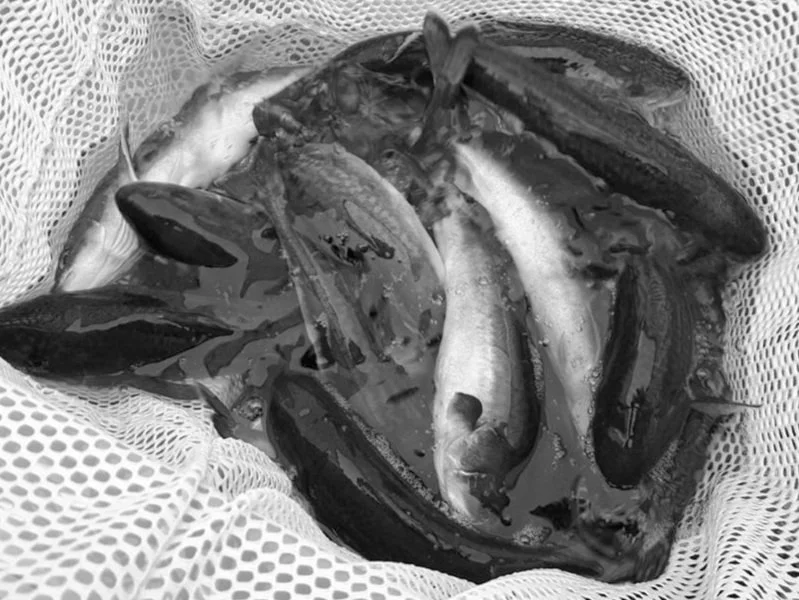
The LOCAL PERSPECTIVE
Why it matters and how we can make an impact for the people of Hawaiʻi
More than food sovereignty, advocates claim Hawaii would reap many benefits from growing more food for local consumption: healthier diets, a deeper connection between nature and society, beautification of the landscape. Replacing food imports with Hawaii-grown alternatives would also strengthen the island chain’s economy. (1)
With a demise of plantation agriculture coupled with limited potential for much further growth in tourism, economic diversification has become a topic of increasing interest in Hawaii economic development effort for promoting economic growth and maintaining stability. (2)
Nearly 2,500 miles from the nearest continent, Hawaii spends up to $3 billion a year importing more than 80% of its food. (1)
In Hawaii, some people value local agriculture because it preserves open space and reduces urban sprawl. Others value agriculture because it enhances food security in the event of natural disasters and when shipping is disrupted. Others value the fresh food that in some ways only local farmers can deliver to retail markets and stores. Others point to the carbon savings that might be achieved by transporting less food across the Pacific Ocean. (3)
Wild Sablefish Catch Trends
Sablefish – Pacific Coast 2021
Assessment Trend in Estimated Catch
The following graphs and table show the historic and current wild sablefish catch in the Pacific Northwest, British Columbia and Alaska.
*Click image to enlarge
Sablefish – Eastern Bering Sea, Aleutian Islands, gulf of Alaska
2020 Assessment Trend in Estimated Catch
These graphs show that the fishery has declined significantly, and the recent catches still have quite a bit of year-to-year variability at the much lower quota levels. Annual fishing intensity depends on new recruitment to the standing harvestable biomass which results in uncertain wild harvest tonnage which bodes well for a steadily increasing year-round aquaculture production that can meet market demand.
*Click image to enlarge
*Click image for downloading pdf files
Printed from the Fishery Operations System on December 19th, 2021 at 16:00 :03. This is the total catch from the 2021 British Columbia fishery which shows a catch of 4,822,206 pounds or or 2,192 mt which is part of the total of the 25K MT for the wild fish catch in 2021.







